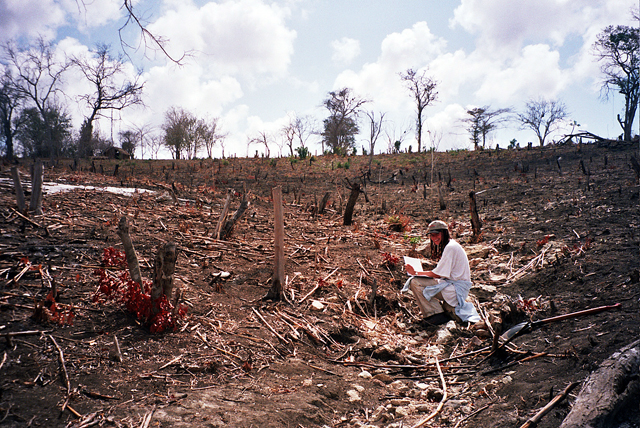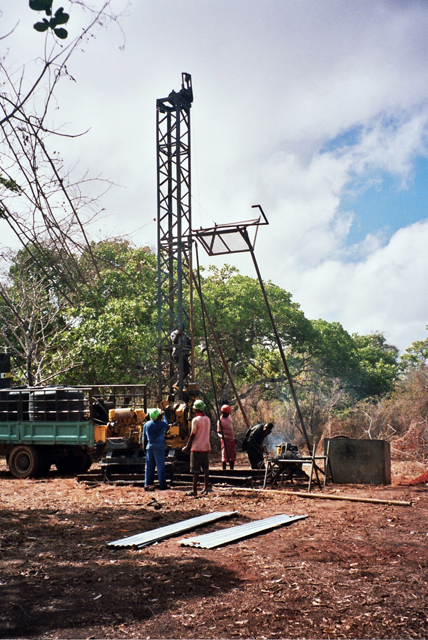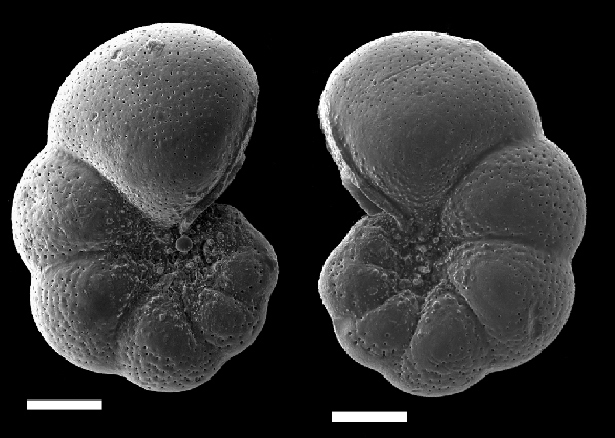Icehouse linkUK, U.S. scientists suggest Antarctic climate transition tied to decline in CO2Posted October 9, 2009
A team of U.S. and British scientists braved lions and hyenas in East Africa to extract microfossils in samples of rocks, which helped them link declining levels of carbon dioxide in the atmosphere with the formation of an ice sheet on Antarctica about 34 million years ago. The study’s findings, published in Nature online, confirm that atmospheric CO2 declined during the transition between the Eocene and the Oligocene epochs. The scientists say the Antarctic ice sheet began to form when CO2 in the atmosphere reached about 760 parts per million (ppm). Currently, carbon dioxide levels in the atmosphere are nearly 400 ppm. Paul Pearson from Cardiff University’s School of Earth and Ocean Sciences “The period, known to geologists as the Eocene-Oligocene transition, culminated in the rapid development of a continental-scale ice sheet on Antarctica, which has been there ever since,” he added. The team mapped large expanses of bush and wilderness and pieced together the underlying local rock formations using occasional outcrops of rocks and streambeds. Eventually they discovered sediments of the right age near Stakishari. By assembling a drilling rig and extracting hundreds of meters of sediment from under the ground, they were able to obtain samples dating back to the Eocene-Oligocene transition. Co-author Bridget Wade “Our study is the first to provide a direct link between the establishment of an ice sheet on Antarctica and atmospheric carbon dioxide levels and therefore confirms the relationship between carbon dioxide levels in the atmosphere and global climate.” In addition to declining levels of CO2 in the atmosphere, some scientists believe the opening of certain ocean gateways around Antarctica may have played a role in the development of an ice sheet. The tectonic shift, they believe, allowed for the start of a major ocean current, the Antarctic Circumpolar Current (ACC), which helped isolate the continent from warmer water and maintain the ice sheet. In a follow-up e-mail from The Antarctic Sun, Wade said the study did not directly address the formation of the ACC in the paper. “Our data suggest that it was the decline in CO2 levels that led to ice accumulation at the Eocene-Oligocene transition,” she wrote, “however, the isolation of Antarctica probably allowed the ice to remain, although this was outside the scope of this project.” The threshold of 760 ppm cited in the study doesn’t necessarily represent a definitive tipping point between ice sheet formation or dissolution, Wade added in answer to a different question. “Probably too big a leap at this stage,” Wade wrote. “There are large errors associated with the calculation of CO2 values. However, we certainly see a trend of declining CO2 prior to ice build up. Further work is needed to model the threshold levels.” UK Natural Environment Research Council (NERC) In an unrelated study looking at the conditions that might have been present at the Eocene-Oligocene transition 34 million years ago, University of California Santa Barbara researchers suggested that at least twice as much land existed in West Antarctica than today, increasing the total landmass of Antarctica by 10 to 20 percent. The additional land would have held more ice, helping bolster climate models developed by other scientists that illustrate when Antarctica turned into an icehouse. [See previous article: Rising up.] |



For USAP Participants |
For The Public |
For Researchers and EducatorsContact UsU.S. National Science FoundationOffice of Polar Programs Geosciences Directorate 2415 Eisenhower Avenue, Suite W7100 Alexandria, VA 22314 Sign up for the NSF Office of Polar Programs newsletter and events. Feedback Form |




